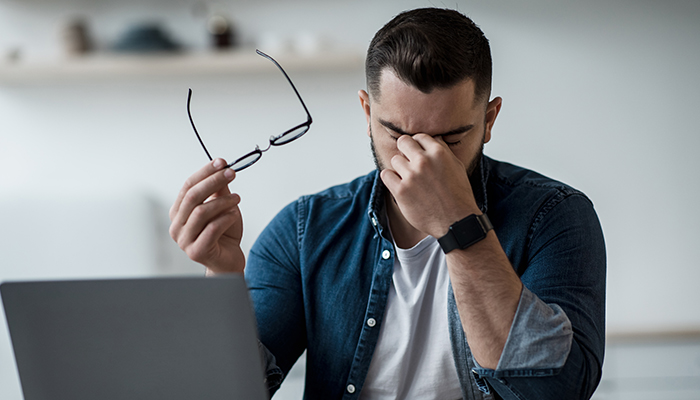
Long-sightedness is a common vision condition that affects people's ability to see objects that are up close clearly. While distant objects may appear relatively sharp, focusing on near tasks like reading, writing, or using a computer can be challenging for those with long-sightedness.
Understanding the Cause
There are two main reasons why long-sightedness occurs:
- The shape of the eyeball: In long-sighted individuals, the eyeball is often shorter than normal. This prevents light rays from focusing directly on the retina, the light-sensitive layer at the back of the eye.
- The focusing power of the lens: The lens inside the eye is responsible for adjusting its shape to focus light on the retina. In some cases, the lens may not be able to adjust effectively for near vision.
Symptoms to Watch Out For

While blurry vision for near objects is the primary symptom of long-sightedness, there are other signs to be aware of:
- Headaches, particularly after focusing on close work for extended period
- Eye strain and fatigue
- Squinting to see clearly
- Difficulty concentrating on near task
Diagnosis and Treatment
A comprehensive eye test by a qualified optometrist is the best way to diagnose long-sightedness. The test typically involves a visual acuity test, retinal exam, and refraction test to assess vision, eye health, and focusing power.
.jpg)
There are several effective treatment options available for long-sightedness:
- Corrective eyewear: Spectacles with convex lenses are the most common correction. These lenses help focus light rays onto the retina, resulting in clear vision.
- Contact lenses: For those who prefer an alternative, various types of contact lenses can effectively correct long-sightedness.
- LASIK surgery: In some cases, LASIK surgery can permanently correct long-sightedness by reshaping the cornea, the clear dome at the front of the eye. However, this is not suitable for everyone and requires a consultation with an ophthalmologist.
Even with corrective lenses, there are steps you can take to manage long-sightedness and promote overall eye health:
Schedule regular eye tests:
Regular checkups with an optometrist ensure your prescription remains accurate and that your eye health is monitored regularly.
Minimise screen time:

If your job involves extended screen use, take frequent breaks to rest your eyes and reduce strain.
Maintain a healthy lifestyle:
A balanced diet rich in fruits and vegetables, along with regular exercise, contributes to good overall eye health.
Long-sightedness is a manageable condition with a variety of effective treatments available. One’s eyesight is critical to the enjoyment, but also the functioning of daily life. By paying attention to warning signs, we can improve the lives of not only ourselves but that of loved ones as well.
Date Published: 09 April 2024
